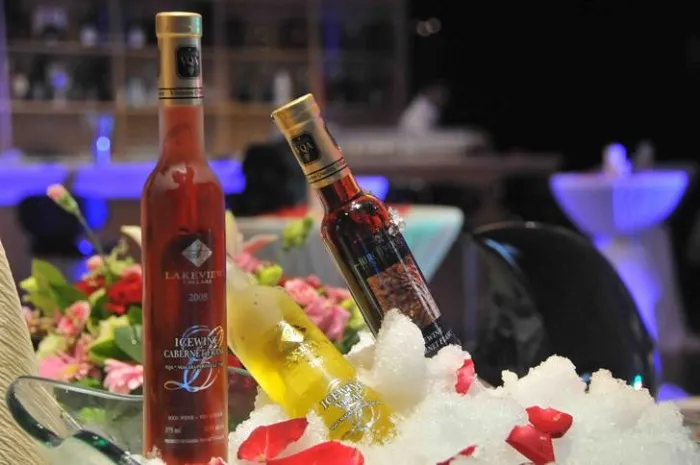The Institute of Masters of Wine has released the comprehensive list of wines and theory questions featured in the 2025 Master of Wine (MW) examinations, providing a rare insight into the demanding standards faced by candidates striving for one of the wine world’s most esteemed credentials.
The initial Stage One Assessment took place on June 2, followed by the Stage Two exams held from June 3 to June 6. Currently, exam scripts are under evaluation, with results anticipated in September.
Wines Featured in the Stage One Assessment (S1A) 2025:
Candidates evaluated a diverse selection of twelve wines, ranging from a 202. Domaine de Chevalière Blanc Pessac-Léognan (Bordeaux, France, 10.5% ABV) to fortified examples such as the Henriques & Henriques Malvasia (Madeira, Portugal, 20% ABV) and Gonzalez Byass Leonor Palo Cortado (Jerez, Spain, 20% ABV). The list spanned renowned regions including Bordeaux, Burgundy, Veneto, Central Otago, Tokaj, and California, reflecting a global palette of styles and vintages.
Key Theory Questions for Stage One Assessment:
- The impact of vineyard pests on grape quality and their management strategies.
- Essential quality control procedures during bottling and their significance.
- Advantages and disadvantages of private-label wines for wineries, distributors, and retailers.
Master of Wine Practical Exam Wines 2025:
The practical component was divided into three papers, each featuring a curated selection of wines across multiple regions and styles:
- Paper 1 focused largely on whites, including Château de Fieuzal Blanc (Pessac-Léognan), several Chardonnays from Australia, South Africa, and California, and diverse whites from France and Italy.
- Paper 2 centered on reds from Rhône, Tuscany, Rioja, and lesser-known regions such as Niederösterreich and Amyndeon, highlighting varietals like Cabernet Franc, Touriga Nacional, Barbera, and Xinomavro.
- Paper 3 emphasized sparkling, fortified, and aromatic whites, including Rieslings from Mosel and Marlborough, aged ports from Douro, and aged Madeira.
Theory Papers Overview:
The theory examinations spanned viticulture, vinification, wine handling, business, and contemporary issues:
- Viticulture questions addressed pest control without agrochemicals, disease threats, AI applications, soil management, climate impacts, and rootstock use amid climate change.
- Vinification focused on techniques to enhance complexity in sparkling wines, ageing potential, bacterial management, volatile acidity control, reductive aromas, sulphur dioxide management, blending for consistency, and pH considerations.
- Handling explored closure alternatives, fault management (mousiness, light strike, volatile acidity), cold stabilization decisions, quality control, and fining agent selection for different wine styles.
- Business topics included Champagne’s global dominance, sustainability versus profitability, tackling overproduction and declining consumption, government monopolies, direct-to-consumer sales, and the evolving Burgundy négociant model.
- Contemporary issues challenged candidates to consider the impact of mandatory health warnings, shifting societal attitudes toward alcohol, ethical concerns, cultural heritage relevance, and the conceptual creation of a blend embodying humanity’s wine culture.
This detailed disclosure underscores the MW examination’s breadth and depth, reflecting its status as a rigorous benchmark for wine professionals worldwide. The results, awaited in September, will determine which candidates join the ranks of Masters of Wine in 2025.
You Might Be Interested In:


